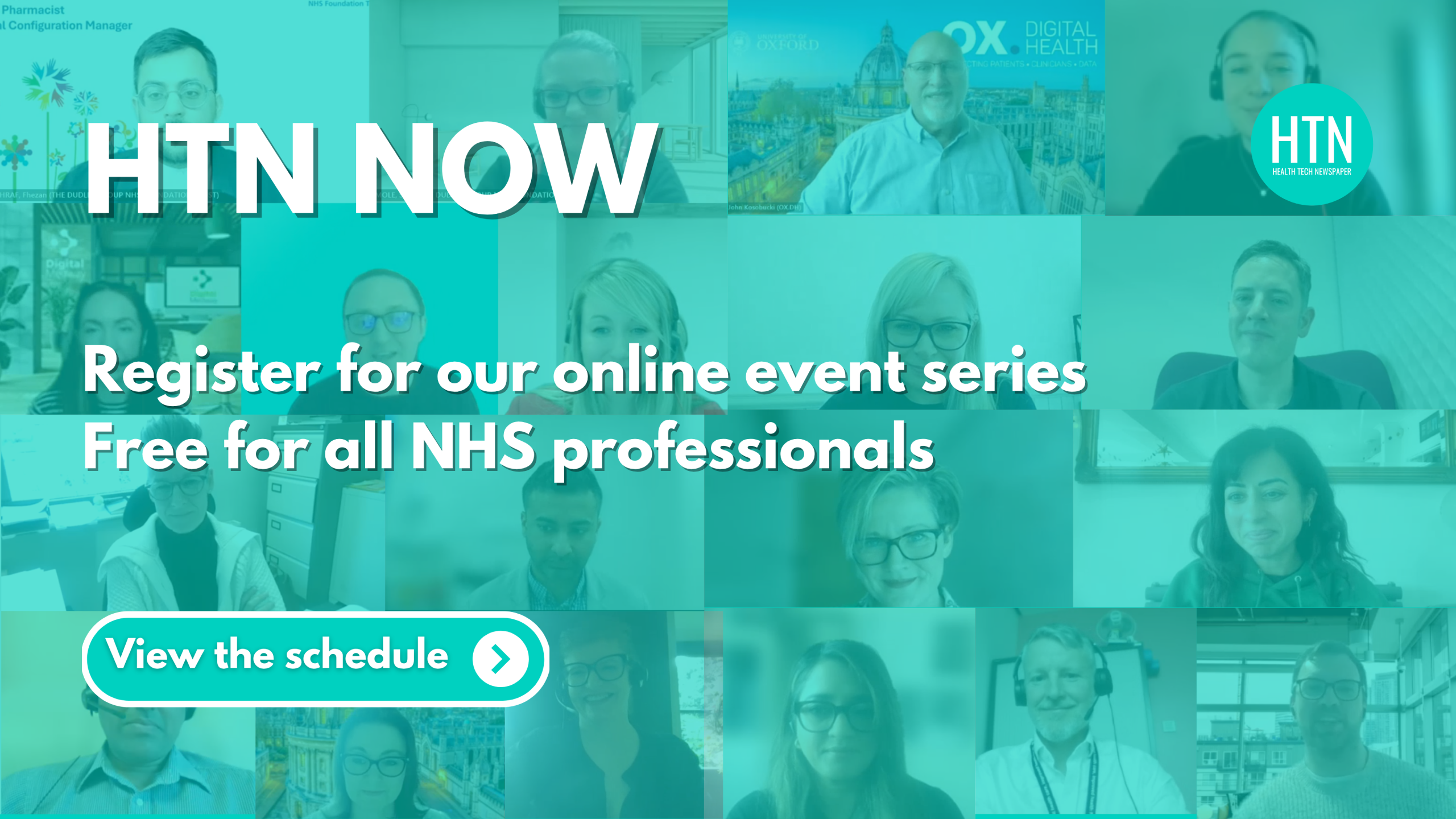In a new blog, the World Health Organisation (WHO) highlights the need for a “systematic approach to monitoring infodemics and developing infodemic insights that are reproducible and evidence-based”.
WHO points to the way that the COVID-19 pandemic brought with it an “overwhelming” amount of information, including mis- and dis-information, stating: “Too much information, or information overload, can lead people to have information avoidance, such as trying to avoid the news or turning off alerts on their phones.” This in turn makes getting credible, accurate information across more challenging, as people are limiting their sources.
In addition, the blog states that the “new reality of how information is catered and served by algorithms on social media and web feeds”, along with the variety of information sources available, means that more flexibility is required in monitoring and understanding the information environment that people live in.
To tackle this, WHO recommends better monitoring of conversations and the information environment, including through social listening, to generate infodemic insights. As a result, infodemic management interventions can be designed and implemented, with a view to building resilience in the face of health misinformation.
“When monitoring conversations and the information environment on health topics, people will express questions, concerns, confusion and narratives that can inform the whole of the emergency response, thereby improving the likelihood of population acceptance and adherence to health guidance, treatments, diagnostics and public health and social measures,” WHO notes.
WHO has now trained infodemic managers across 142 countries who have been working on deepening their understanding of the complex information environment and its effect on health systems and health emergency responses. Over 95 percent of the member states reported tracking misinformation, noting that it continues to pose a challenge for health emergencies.
Learnings from these experiences, WHO suggests that “we need to better triangulate between online and offline data sources”, in order to create a comprehensive picture of how a population’s questions, concerns and narratives affect their perceptions, attitudes and behaviour.
A guidance manual is to be published in May this year by WHO and partners, on integrating diverse datasets in order to analyse and understand infodemics in specific populations and contexts.




